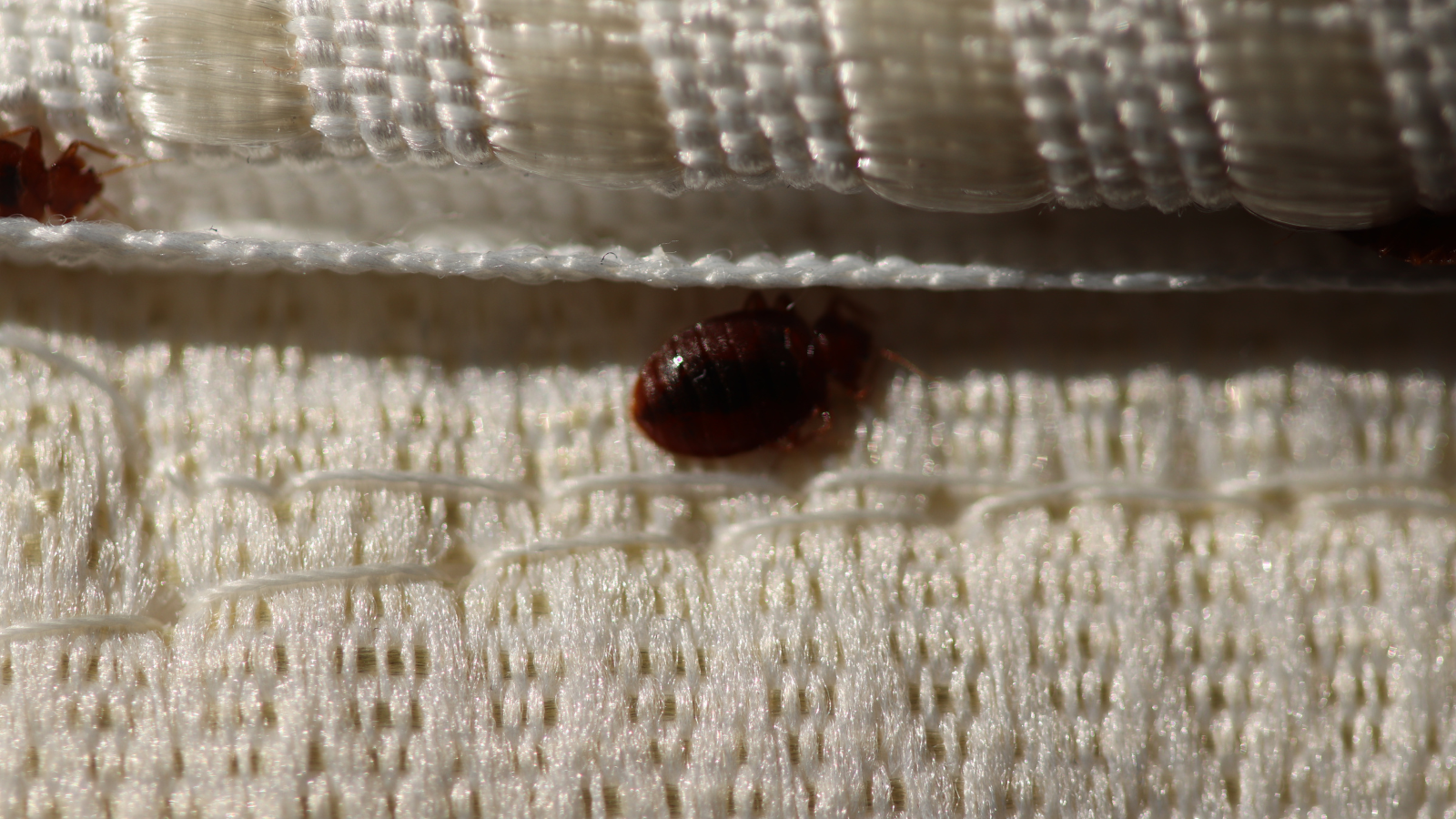The bed bugs are small, bloodsucking insects. can pose a serious problem for homes and businesses. Despite advancements in pest control, these resilient Bugs may be challenging to get rid of and frequently need potent treatments. Heat treatment has emerged as one of the most effective methods to combat them, gaining popularity due to its efficacy. This blog entry will examine the financial effects of bed bugs and how heat treatments serve as a viable solution for their elimination.
At Santee Pest Control, we focus on pest control and pride ourselves on delivering top-notch professional customer service to all our clients. We welcome your inquiries about the extensive services we offer to both the community and businesses. Please give us a call or send us a message, and we will respond promptly.
The Economic Toll of Bed Bug Infestations
Having bed bugs can result in severe economic repercussions. For households, the costs can include:
- Professional Extermination Services: Traditional methods often require multiple treatments, escalating costs.
- Replacement of Infested Items: Furniture, mattresses, and personal belongings may need to be discarded.
- Temporary Relocation: Families may need to stay elsewhere during treatment, incurring additional expenses.
- Medical Expenses: Allergic reactions and secondary infections from bites may necessitate medical attention.
- Businesses face even greater challenges:
- Loss of Revenue: Hotels, apartments, and other accommodation providers may lose customers and face legal claims.
- Reputation Damage: Infestations can lead to negative reviews and tarnish reputation.
- Operational Disruptions: Offices, retail spaces, and other businesses may need to close temporarily, affecting productivity and revenue.
Why Do Bed Bugs Persist After Heat Treatment?
Despite the efficacy of heat treatment, the survival of some bed bugs can be frustrating. Here are a few reasons for their resilience:
1. Inadequate Heat Penetration: Bed bugs may survive if the heat fails to reach necessary temperatures uniformly across the entire area.
2. Improper Preparation: Objects like thick mattresses or heavy blankets can insulate bed bugs from lethal temperatures, enabling survival.
3. Reinfestation: Bed bugs can re-enter treated areas from neighboring units or through visitors, resulting in fresh infestations.
What Does the Heat Treatment Process Entail?
Heat treatment for bed bugs entails elevating the temperature of an infested area to levels lethal for these pests. The typical process unfolds as follows:
1. Preparation: The area undergoes preparation, including removing heat-sensitive items and ensuring adequate air circulation.
2. Heat Application: Utilizing industrial heaters, the temperature within the space is increased to approximately 120-135°F (49-57°C).
3. Monitoring: Technicians employ sensors and monitoring devices to verify the uniform distribution and maintenance of temperature for several hours.
4. Cooling Phase: Following the requisite duration, the area is gradually cooled to safeguard belongings and ensure safety.
What Is the Price of Bed Bug Heat Treatment?
The price of heat treatment varies depending on factors such as the size of the area, the severity of the infestation, and the location.
Typically, homeowners should anticipate spending between $1,000 and $3,000 for a thorough heat treatment. The cost may be substantially higher for businesses, particularly those with expansive premises or multiple units. Nonetheless, viewing this expenditure as an investment in eliminating bed bugs and averting future expenses linked to persistent infestations is crucial.
How Does Thermal Processing in Pest Control Eliminate Bed Bugs?
Leveraging heat therapy for bed bug extermination proves effective due to these pests’ susceptibility to high temperatures. Here’s a detailed breakdown of how pest control experts utilize heat treatment to eradicate bed bugs:
- Targeted Heating: Specialized apparatuses generate and disperse heat across the infested area, ensuring comprehensive coverage, including hard-to-reach spots where bed bugs typically harbor.
- Lethal Temperature: Bed bugs and their eggs perish when exposed to temperatures exceeding 113°F (45°C) for more than 90 minutes. Heat treatment usually aims for temperatures ranging from 120 to 135°F to guarantee thorough eradication.
- Prolonged Exposure: Sustaining the targeted temperature for several hours ensures the elimination of bed bugs at every developmental stage, from eggs to mature adults.
- Monitoring and Adjustment: Technicians meticulously monitor temperature levels and fine-tune equipment to uphold consistent heat distribution, leaving no cold zones where bed bugs could survive.
Conclusion
Bed bug infestations can pose significant financial burdens for both households and businesses. Expenses may include the costs of treatments, replacing contaminated items, revenue losses, and harm to reputations. Heat treatments offer a potent solution by employing high temperatures to exterminate these pests.
Nevertheless, the effectiveness of heat treatment hinges on careful execution. Adequate preparation, consistent heating, and professional guidance are crucial elements. While the initial expense may be considerable, the long-term advantages—such as peace of mind, safeguarding possessions, and preventing future infestations—justify the investment.
Heat treatment is an excellent choice for combating bed bugs due to its non-chemical nature and thoroughness. By embracing and implementing such effective methods, we can alleviate bed bug infestations’ financial and emotional strains, fostering healthier and happier living and working environments.

